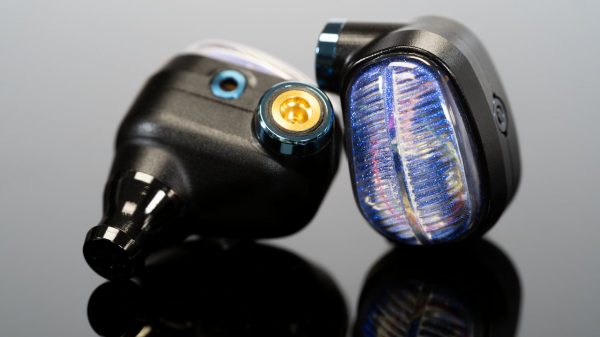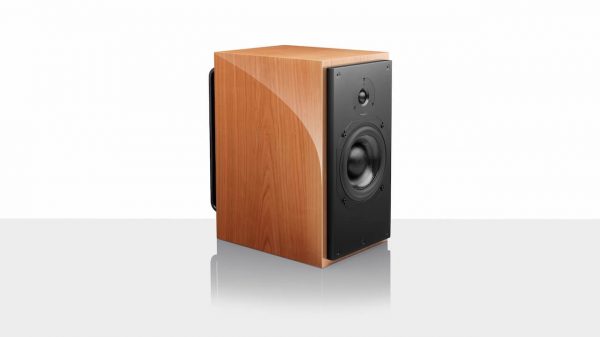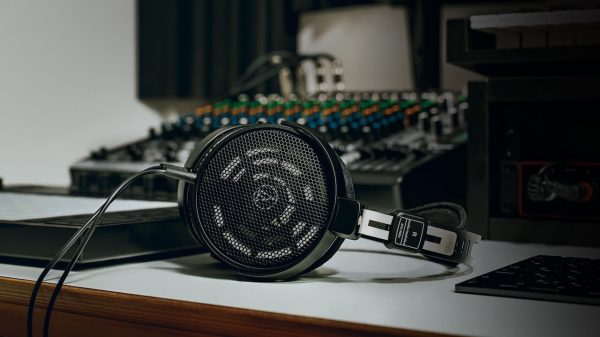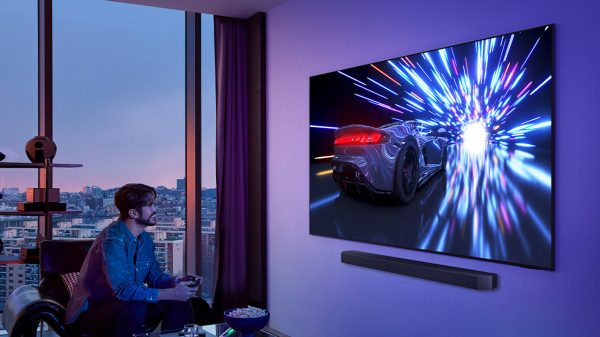Three New Camcorders Feature Advanced Optical Image Stabilization and Intelligent Auto Technologies
Panasonic expanded its 2009 camcorder line with the addition of two Hard Disk Drive (HDD) models, the SDR-H80 and SDR-H90; and one SD Card model, the SDR-S26 — all of which feature the world’s first and most powerful 70x optical ultra-zoom lens*. All three models also include an advanced Optical Image Stabilization (O.I.S.) system which helps reduce blur caused by a shaky hand and Panasonic’s proprietary Intelligent Auto (iA) technologies, making the camcorders easy to use.
“Before today, traditional camcorder lenses could zoom up to 50x, but with the extra 20x our new camcorders provide, Panasonic is the first to offer such a powerful solution,” said Dennis Eppel, Vice President, Network Business Group, Panasonic Consumer Electronics Company. “Panasonic understands that consumers sometimes need that extra zoom to truly capture dynamic colors, expressions and motions when the subject is far away, such as during an on-stage school play or sporting event.”
The powerful 70x optical ultra-zoom lens is supported by Panasonic’s advanced O.I.S. system which reduces the effect of hand-shake even when subjects are zoomed to maximum magnification. Gyrosensors detect hand shake, and the advanced O.I.S. shifts the lens to correct the optical axis and repeats this detection and correction process about 4,000 times per second. This superb correction performance, which produces sharp, clear motion images far better than electronic image stabilization systems, is critical for a camcorder with such a long and powerful zoom.
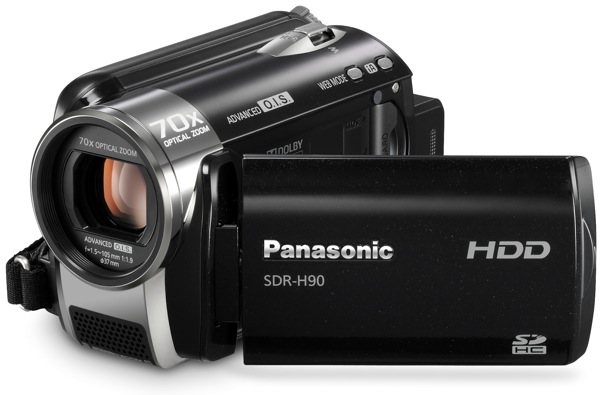 |
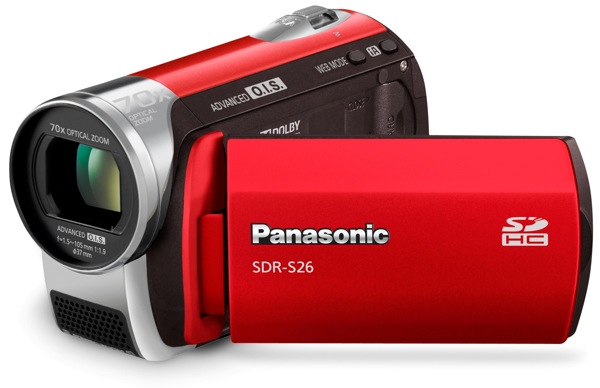 |
Panasonic’s iA technology detects the shooting conditions and automatically selects the most suitable modes and settings so features like Advanced O.I.S. and Face Detection, which adjusts the exposure so faces are captured perfectly, engage seamlessly. Also included in iA is the Intelligent Scene Selector, which determines which Scene mode will provide the optimal results. For example, it can determine and choose the proper Scene mode from the following four patterns: Scenery (landscapes), Portrait (people), Spot Light (bright and dark areas), Low Light (indoors and outdoors).
The SDR-H90 can capture and store video to an SD/SDHC Memory Card or its 80 GB** internal HDD, which can record up to 72 hours (in LP mode), while the SDR-H80’s 60 GB internal HDD, which can record up to 54 hours (in LP mode). Both HDD camcorders can protect data extremely well, thanks to the reliable SDHC/SD Memory Card, which does not require any kind of drive mechanism, in addition to the camcorders’ Anti-Shock Shield that helps protect the built-in hard disk from the effects of external impact.
Other features of the SDR-H80, SDR-H90 and SDR-S26 include:
- Easy YouTube Upload — this convenient function makes it fast and easy to upload video clips to YouTube.com for easy sharing. Simply install VideoCam Suite software that comes with the model and connect to a PC using the USB interface. ***
- Quick Start Mode — Takes just 0.8 seconds for the camcorders to start up in quick start mode, ensuring that sudden shooting opportunities are not missed.
- Easy Copy to DVD — Most people use their camcorders for three main purposes: to shoot, play, and archive video recordings. They want each of these functions to be as easy as possible. This feature lets the user save data onto DVDs without all the fuss. By connecting the camcorder to the VW-BN1 DVD Burner (optional) using a USB cable, video recordings can easily be copied to a 12-cm DVD (DVD-RAM/-RW/-R/-R DL). The disc can then be played back on DVD players.
The SDR-H80 has a suggested retail price (SRP) of $449.95 and will come in four colors, silver, black, red and blue models; while the SDR-90 has an SRP of $499.95 and will come in black only. The SDR-S26 has an SRP of $329.95 and will come in champagne, black, blue and red models. All three camcorders will be available in April 2009.
*As of January 7, 2009.
**1 GB = 1,073,741,824 bytes. Usable capacity will be less.
***Video clips must be recorded in Web mode in order to be uploaded to YouTube.


